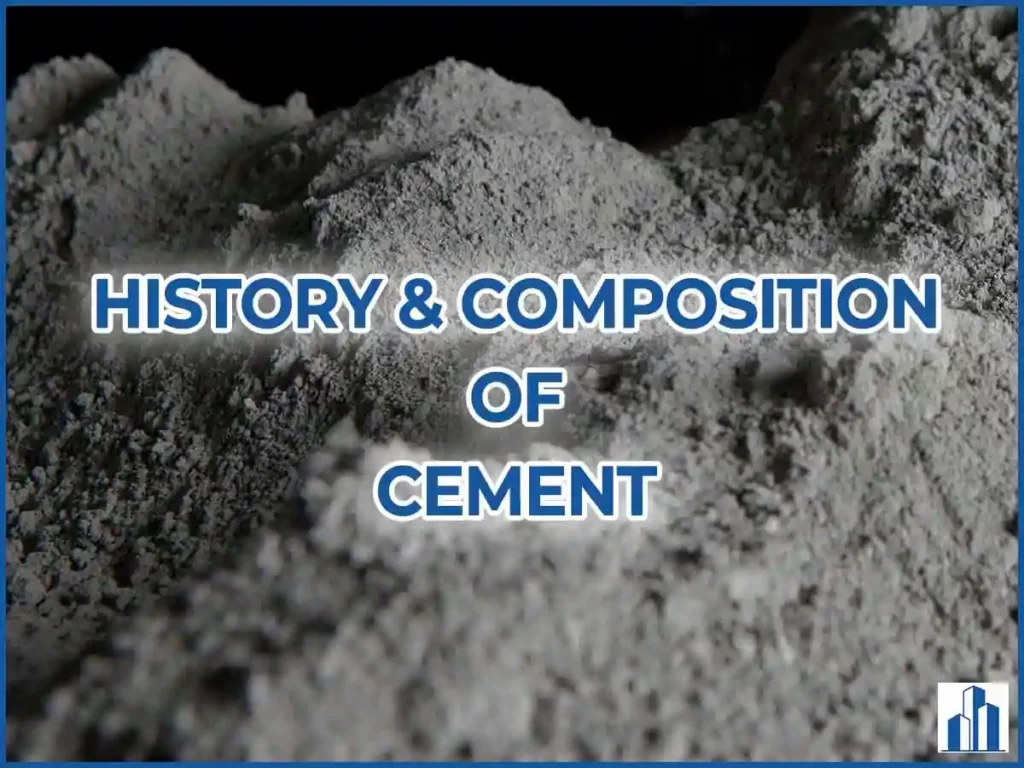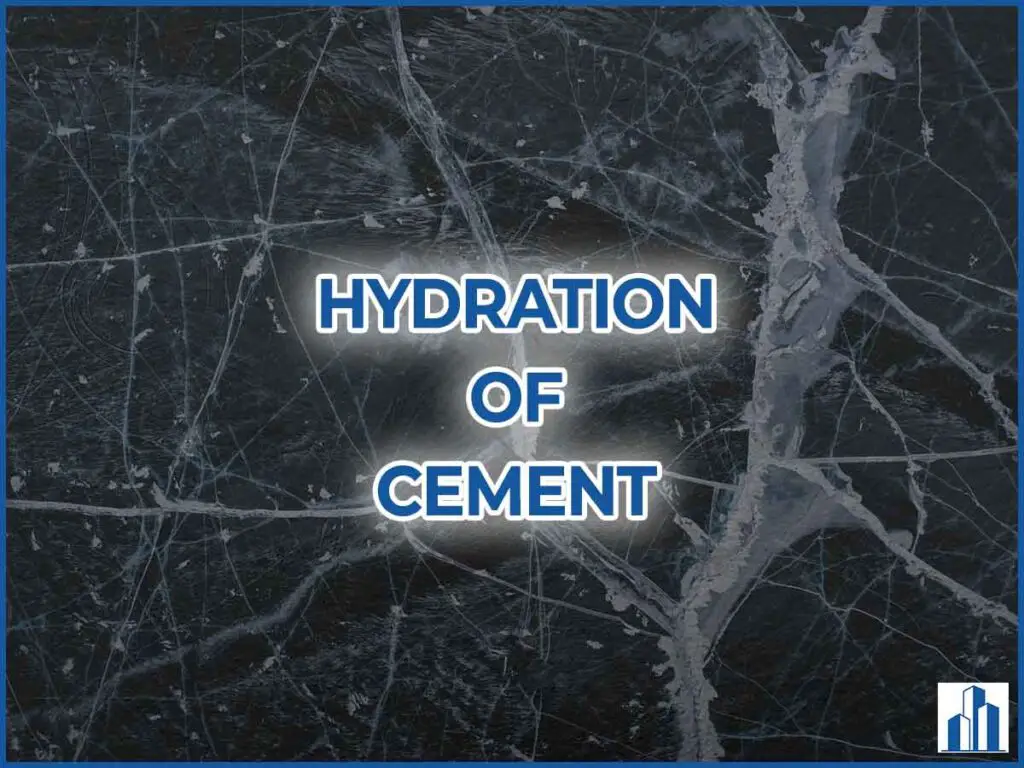Concrete is the second most consumed material in the world, after water. It is fundamentally playing a huge part in shaping our world. With its extensive use, there is a growing need to prioritize and ensure the quality of concrete.
The quality of concrete depends upon various factors such as the quality and quantity of its ingredients, workmanship of labour, etc. Today, our focus is primarily directed towards the quantity of ingredients, specifically the concrete mix ratio.
What is the concrete mix ratio?
Concrete is primarily made up of several ingredients such as cement, fine aggregates (sand), coarse aggregates (gravel), water, and admixtures (optional). These ingredients are mixed together using a ratio to achieve the desired strength, workability, and durability of the concrete.
The use of the correct concrete mix ratio, often denoted as the proportion of these components, is important because it influences the ultimate characteristics of the concrete.
The concrete mix ratio can vary depending on several factors such as,
- Strength requirement of the section,
- Workability of fresh concrete,
- Environmental conditions,
- Method of placement etc.

Types of concrete mix ratio
Concrete mix ratio/proportion plays an important role in determining the strength of the concrete. The term ‘grade of concrete’ is used to denote the strength and quality of the concrete. The higher the grade, the higher the strength/quality of the concrete, and vice versa.
Each nation has its own set of standards for the grade of concrete. Here we will discuss some of them.
i) Indian standards (IS)
Indian standards have two types of concrete mix proportions. They are,
- Nominal mix proportion and
- Design mix proportion
a) Nominal Mix Proportion
It is a traditional method of specifying the proportion of ingredients in concrete using standard ratios, without including any detailed design calculations.
These ratios are fixed and standard. The proportions of ingredients are specified in the ratio of cement: Fine aggregate: Coarse aggregate. Generally, Nominal mix proportion follows the 1:n:2n format.
These proportions are often used in small-scale constructions because they don’t consider data such as characteristics of the ingredients, environmental conditions, method of placement, etc.
According to the Indian Standards, Nominal mix proportion can be used for concrete of grade up to M20.
| Grade of concrete | Nominal Mix Proportion Cement: Sand (FA): Gravel (CA) |
|---|---|
| M 5 | 1: 5: 10 |
| M 7.5 | 1: 4: 8 |
| M 10 | 1: 3: 6 |
| M 15 | 1: 2: 4 |
| M 20 | 1: 1.5: 3 |
(FA – Fine Aggregate, CA – Coarse Aggregate)
Note:
The grade of concrete refers to the strength of concrete at the end of 28 days. According to IS 456:2000, the grade of concrete is designated as follows,
Letter ‘M’ + Number
Where,
- The letter M refers to the Mix, and
- The number refers to the characteristic compressive strength of a 150 mm concrete cube at 28 days in N/mm2.
b) Design Mix Proportion
When compared to the Nominal mix proportion, the design mix proportion is a much more advanced and scientific approach to the concrete mix design.
In a design mix, the proportions of the concrete ingredients are determined through systematic calculations, by considering various factors such as
the properties of individual ingredients, the strength and durability requirement of concrete, and the environmental conditions of the construction site, etc.
The design mix proportion is tailored to meet specific project requirements and is often employed in large-scale construction projects where control over concrete properties is essential.
It may or may not follow the 1:n:2n format.
IS code specifies that the design mix should be preferred to the nominal mix since the design mix concrete exhibits better performance when compared to the nominal mix concrete.
Different grades of concrete mentioned in IS 456: 2000, Amendment 4, are
| Type | Grade Designation | Concrete mix ratio | Characteristic compressive strength of 150 mm cube at 28 days (N/mm2) |
|---|---|---|---|
| Ordinary Concrete | M 10 | 1: 3: 6 | 10 |
| M 15 | 1: 2: 4 | 15 | |
| M 20 | 1: 1.5: 3 | 20 | |
| Standard Concrete | M 25 | Design Mix | 25 |
| M 30 | Design Mix | 30 | |
| M 35 | Design Mix | 35 | |
| M 40 | Design Mix | 40 | |
| M 45 | Design Mix | 45 | |
| M 50 | Design Mix | 50 | |
| M 55 | Design Mix | 55 | |
| M 60 | Design Mix | 60 | |
| High Strength Concrete | M 65 | Design Mix | 65 |
| M 70 | Design Mix | 70 | |
| M 75 | Design Mix | 75 | |
| M 80 | Design Mix | 80 | |
| M 85 | Design Mix | 85 | |
| M 90 | Design Mix | 90 | |
| M 95 | Design Mix | 95 | |
| M 100 | Design Mix | 100 |
Note:
According to IS 456,
- The minimum grade of concrete used for Plain concrete is M15.
- The minimum grade of concrete used for Reinforced concrete is M20.
ii) British Standards (BS)
In the United Kingdom, concrete grades are also typically designated using a mix of letters and numbers. The concrete grade designation is as follows,
Letter ‘C’ + Numbers
Where,
- The letter C stands for Concrete
- The number represents the characteristic compressive strength of the concrete in megapascals (MPa) at 28 days.
For Example:
- C15: Indicates a characteristic compressive strength of 15 MPa.
- C30: Indicates a characteristic compressive strength of 30 MPa.
- C40: Indicates a characteristic compressive strength of 40 MPa.
These designations are in accordance with British Standards, particularly BS EN 206-1 and BS 8500. They also use the European standard, depending upon the specifications of the project.
iii) European Standards
In Europe, concrete grades are designated according to the EN 206-1 standard. The concrete grade designation is as follows,
Letter ‘C’ + Number 1 / Number 2
Where,
- The letter C stands for concrete
- Number 1 represents the characteristic compressive strength of a concrete cylinder at 28 days in Mpa
- Number 2 represents the characteristic compressive strength of a concrete cube at 28 days in Mpa
For example:
1. C 12/15 – C refers to concrete, 12 refers to the compressive strength of the cylinder at 28 days (Mpa), and 15 refers to the characteristic compressive strength of the cube at 28 days (Mpa).
2. C 16/20 – C refers to concrete, 16 refers to the compressive strength of the cylinder at 28 days (Mpa), and 20 refers to the characteristic compressive strength of the cube at 28 days (Mpa).
3. C 20/25 – C refers to concrete, 20 refers to the compressive strength of the cylinder at 28 days (Mpa), and 25 refers to the characteristic compressive strength of the cube at 28 days (Mpa).
If you are struggling to remember which one is cube strength and which one is cylinder strength, always remember that,
Cylinder strength is always lesser than the cube strength. In fact,
Compressive strength of the cylinder ≈ 80% of the Compressive strength of the cube
Let’s take a C 12/15 grade concrete as an example,
- Higher value = cube strength = 15 Mpa
- Then, cylinder strength = 0.80 x 15 = 12 Mpa
The use of both cube and cylinder strengths is common in European concrete standards, and the standard is designed to allow for flexibility in specifying either cube or cylinder strength depending on project requirements.
iv) American Standards
As per the American Concrete Institute, ACI 318, different grades of concrete are designed based on the compressive strength of the cylinder in PSI (Pounds per Square Inch).
For example,
- 2500 PSI Concrete
- 3000 PSI Concrete
- 5000 PSI concrete etc.
You can easily convert the N/mm2 value into PSI.
1 N/mm2 ≈ 145 PSI.
So let’s take an M20 grade of concrete, its corresponding PSI is equal to,
M20 = 20 x 145 = 2900 PSI concrete.
Hope you understand everything about the concrete mix ratio and how it influences the grade of concrete. If you find this article helpful, let us know in the comment section.
Featured image credit: Image by brgfx on Freepik
Read more:
A List of 38 Essential Construction Tools & Equipment with Names and Pictures
A Comprehensive List of Types of Heavy Equipment Used in Construction




I simply couldn’t depart your website prior to suggesting that I extremely enjoyed the standard info an individual provide on your visitors? Is going to be again frequently in order to inspect new posts